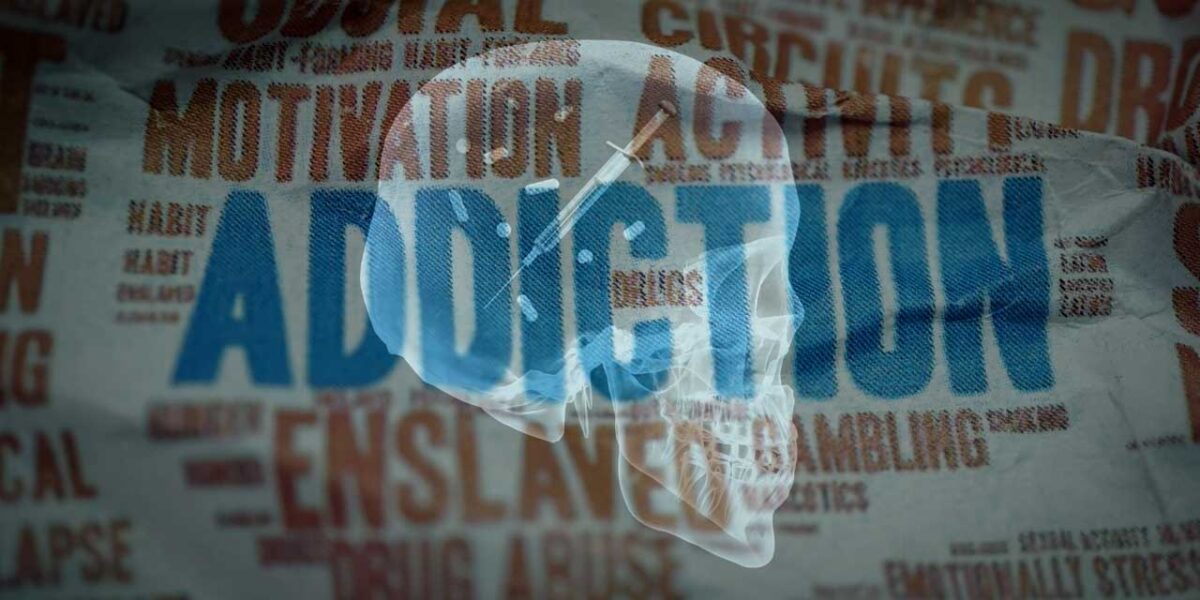As referenced by the National Institute on Drug Abuse (NIDA), “addiction is defined as a chronic, relapsing disorder characterized by compulsive drug seeking and use despite adverse consequences. It is considered a brain disorder, because it involves functional changes to brain circuits involved in reward, stress, and self-control. Those changes may last a long time after a person has stopped taking drugs.”
Recently, detectives in Burien confiscated 95 pounds of methamphetamine and 41 pounds of fentanyl powder following a traffic stop led by K9 Quinn. Police said this bust confiscated enough fentanyl to potentially kill 10 million people.
This past September, local authorities pulled over a vehicle with a driver who possessed 61,000 fentanyl tablets, 2.2 pounds of cocaine, 25 grams of heroin, and a bulletproof vest.
Could It BE Any Clearer?
Matthew Perry, who died on October 28, 2023, at the age of 54, admittedly struggled with addiction for more than three decades. During this time, the “Friends” star said he attended 15 different rehabs resulting in more than $7 million spent toward multiple recovery efforts. In his 2022 memoir, “Friends, Lovers, and the Big Terrible Thing,” Perry said he’d attended roughly 6,000 AA meetings and had been in detox 65 times.
“It’s weird to live in a world where if you died it would shock people but surprise no one,” Perry wrote in his memoir. At one point, Perry pleaded with himself, “Why can’t I get sober?” before bashing his head against a cement wall so hard he ended up covered in blood.
The reality is that Perry’s struggle with alcoholism and substance use addiction isn’t exclusive to fame or elusive success on a hit TV show featuring beautiful people making millions of dollars per episode. Addiction hits home to common folk, too.
During a BBC News interview in 2013, Perry disrupted host Peter Hitchens’ bias that substance addiction was a choice.
“I’m in control of the first drink,” Perry told Hitchens. “And so, I do all these things to protect myself from not having the first drink.”
Clinical Observations
According to NIDA, the initial decision to take drugs is typically voluntary, but with continued use, a person’s ability to exert self-control can become seriously impaired. This impairment in self-control is the hallmark of addiction. Brain imaging studies of people with addiction show physical changes in areas of the brain that are critical to judgment, decision-making, learning and memory, and behavior control. These changes help explain the compulsive nature of addiction.
Addiction denial lends itself to a polarizing debate as evidenced in the exchange by Perry and Hitchens. If we, as humans, operate in the world existing solely on our own abilities and realities enlightened exclusively by the lenses we wear every day, how likely are we to witness someone else’s experiences as their own without judgement?
Bellevue’s New Life Recovery Solutions was started by executive director Bill Redinger 15 years ago. Redinger is a 75-year-old man who will be sober 43 years this May. Since the doors opened, Redinger and his team have helped more than 4,000 people find treatment. At least once per week, a former patient stops by to thank him and his team for the support when they needed it most.
Redinger does not take a paycheck from the organization he created to help others and has personally driven his patients to detox more times than he can count. He regularly works with local law enforcement and attends court on behalf of his clientele so that they can find treatment instead of jail time. Redinger has been afforded wealth throughout his life, but now finds joy and purpose helping others find the will to start a new life – thus the name of his company. New Life.
“Candidly, I started New Life Recovery Solutions because I saw people dying,” Redinger said. As to addiction being a choice, Redding offered, “If they have a choice [whether to use], why are they going back out and dying? I don’t know how you measure the value of a human life.”
Redinger added, “When I started this place, my only policy was that no one would judge any human being in our office. To me, judging others is a very arrogant thing to do. I don’t care if you’re pink, white, upside down – you’re a human being to me. Society judges; it’s horrific.”
His 40-year-old daughter almost died from alcoholism. She’s now 22 years sober.
“The people who say addiction is a choice are clueless. I am a layman, but I’ve been sober for a while and I know addiction is a disease. Period,” Redinger shared. He lamented that addiction is a brain disease – he knows this firsthand.
“The reason I know it’s a brain disease is because there were many times when I was drinking and drugging that I tried to stop – and I couldn’t. When you look at addictions like chocolate, coffee, sex…it happens because we get a dopamine hit. When people gamble, they are going for the big pot. It’s the race of dopamine in the brain.”
Dawn Wilson works as a patient coordinator and office manager at New Life. “For some of us who have the addictive gene from family, the brain is activated once we begin using,” she said.
Treating the Whole Person
There is an excess of squabbling in Burien these days among the general and elected populations regarding encampment sweeps and whether they are effective. This article isn’t about that, but it is about the person in the middle of chaos being dismissed – and how their survival is rooted in being treated as an entire entity and not an eye sore.
“The Native American Medicine Wheel is an ancient teaching that has been co-opted by white folks who behave as if ‘wholistic healing’ is an entirely new concept,” offered Burien resident and addiction counselor Linda Irish, MA, LMHCA, MAC, SUDP, MRTF.
“The Medicine Wheel teachings are about balance and how each of the parts of ourselves are impacted by the rest of the parts. The four quadrants; Emotional, Spiritual, Physical, and Mental impact each other and, because of that, healing in one part is healing in all parts as much as sickness in one part is sickness in all parts,” Irish added. “Addiction affects all of the parts of the addict and presents as a whole. Healing must occur in all parts in order for the addict to be whole.”
Washington State Department of Health reported that the number of opioids prescribed and sold in the United States nearly quadrupled from 1999 to 2014. Over 300,000 people have died from opioids nationwide in the last 15 years. That’s about 55 people per day.
For people suffering from addiction, it’s a lifelong struggle to survive. Nothing about this illness is pedestrian.



There indeed are different forms of self-medicating.
For example, I believe that the vast majority of obese people who considerably over-eat are doing so to self-medicate. I utilized that method during most of my pre-teen years, and even later in life after quitting my (ab)use of cannabis and alcohol.
Largely due to adverse childhood experience trauma, I ‘live’ with chronic anxiety and clinical depression, that are only partly treatable via medication. It’s an emotionally tumultuous daily existence; a continuous discomforting anticipation of ‘the other shoe dropping’ and simultaneously being scared of how badly I will deal with the upsetting event, which usually never transpires.
The lasting emotional/psychological pain from such trauma is very formidable yet invisibly confined to inside the head. It is solitarily suffered, unlike an openly visible physical disability or condition, which tends to elicit sympathy/empathy from others.
It can make every day a mental ordeal, unless the turmoil is treated with some form of self-medicating, which for me is prescription or alcohol [via wine]. Someday I could instead return to over-eating.
Even if he had been re-using at the time he’d drown, PTSD trauma is very often behind a substance abuser’s debilitating addiction. The lasting mental pain resulting from the trauma is very formidable yet invisibly confined to inside one’s head. It is solitarily suffered, unlike an openly visible physical disability or condition, which tends to elicit sympathy/empathy from others.
It all can make every day a mental ordeal, unless the turmoil is prescription and/or illicitly medicated.
Typically societally overlooked is that intense addiction usually doesn’t originate from a bout of boredom, where a person consumed recreationally but became heavily hooked on an unregulated often-deadly chemical that eventually destroyed their life and even those of loved-ones.
Though always sympathetic, I, like many with puritan-like perspectives, used to look down on those who had ‘allowed’ themselves to become addicted to alcohol and/or illicit ‘hard’ drugs. But I, though not in the hard-drug category, have indeed suffered enough unrelenting PTSD-related hyper-anxiety to have known, enjoyed and appreciated the great release upon consuming alcohol and/or THC.
Whatever he himself suffered and thought, it’s still a most tragic fact that many chronically addicted people won’t miss this world if they never wake up. It’s not that they necessarily want to die; it’s that they want their pointless corporeal suffering to end.